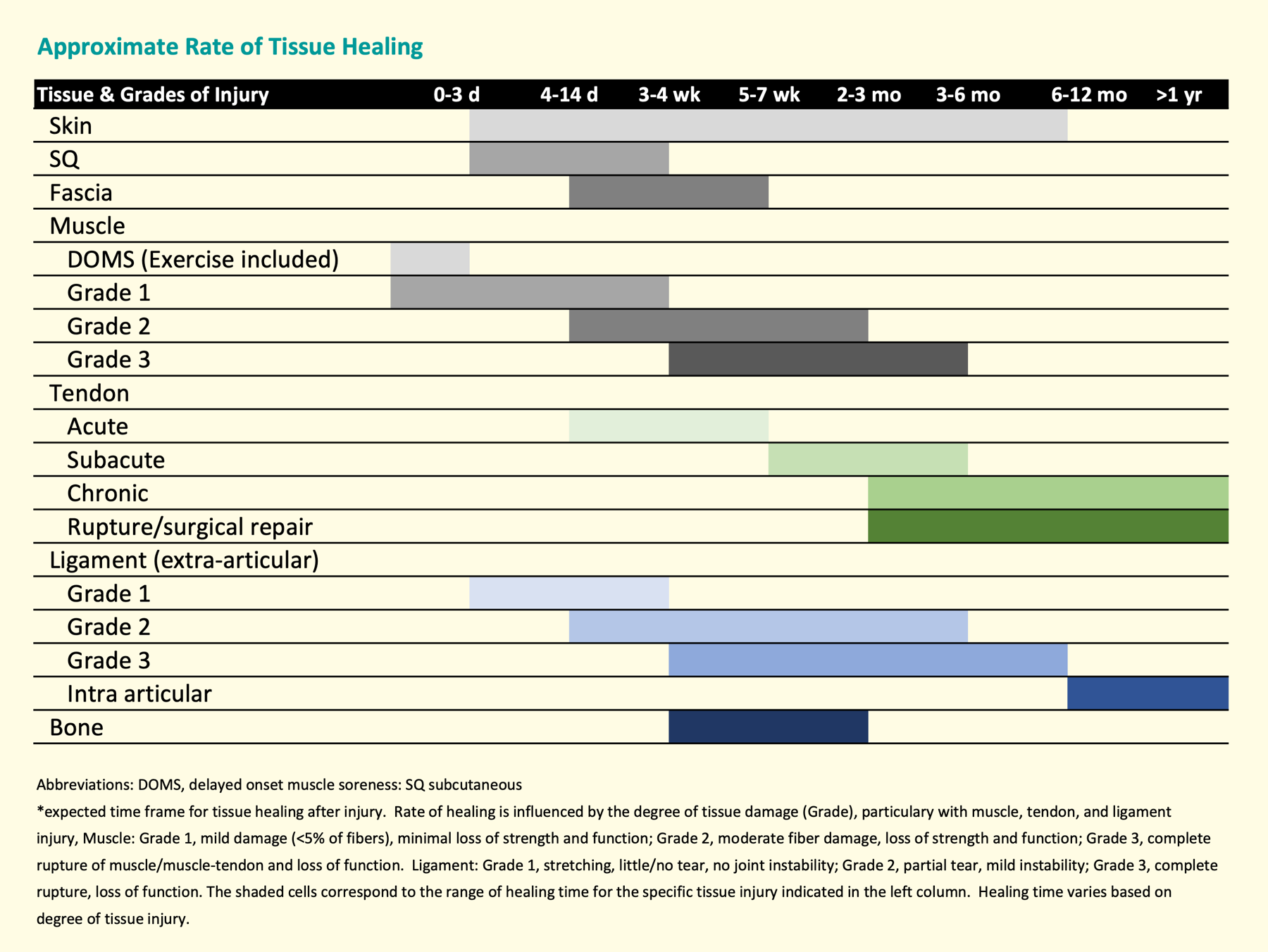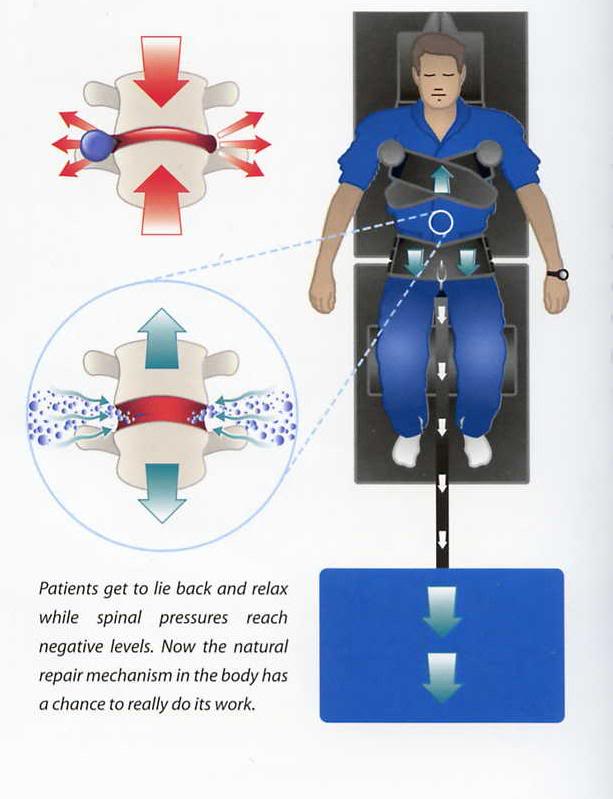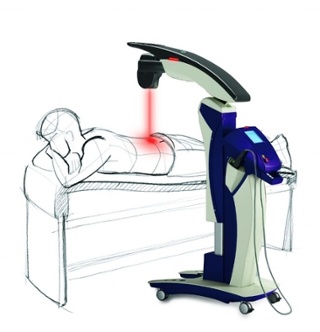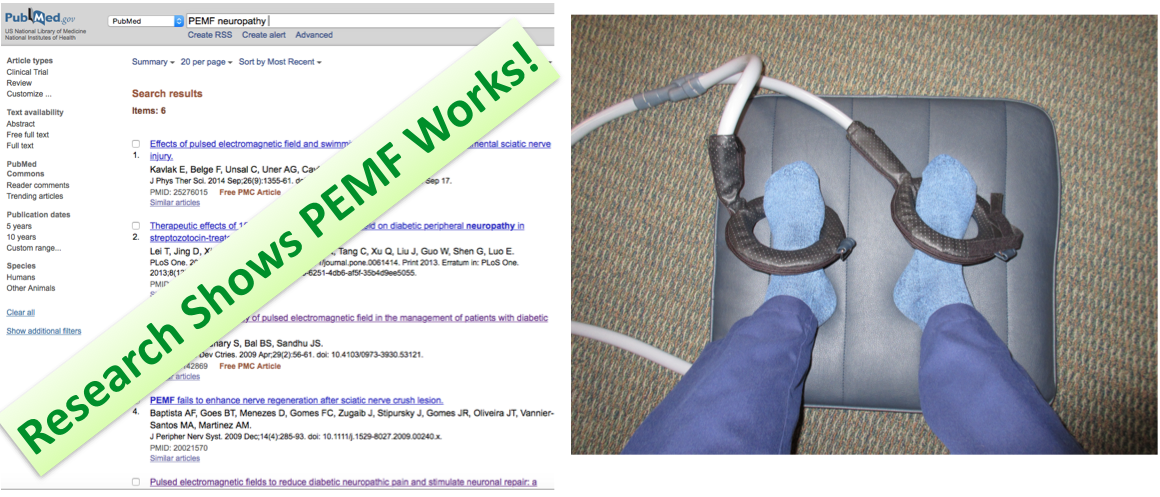
Similar to the saying, "Rome wasn't built in a day," the human body also takes time to heal and repair itself. Even after completing your treatment plan, the healing process continues, and scar tissue forms to stabilize the area of injury. While your symptoms will improve, it's important to have realistic expectations and understand that not all of them will completely disappear.
Embark on a fascinating journey into the intricate world of soft tissue healing and uncover the incredible advantages of non-surgical spinal decompression, photobiomodulation (previously known as low-level laser therapy or cold laser) and PEMF (pulsed electromagnetic field therapy) in this all-encompassing blog post. When it comes to recovering from an injury, healing is a remarkable natural response of the body's tissues. However, the process of wound healing is far from simple, involving a complex interplay among various cell types, cytokines, mediators, and the vascular system.
The human body's response to injury is a complex and intricate process, influenced by various factors such as the extent of damage, the type of tissue involved, age, and overall health. When it comes to injuries involving discs, the body's ability to repair itself cannot be controlled, but it can be optimized by avoiding activities that hinder the healing process. It's important to note that even during non-surgical spinal decompression, discs remain active and can be easily overworked.
To optimize the healing process, it is essential for patients to steer clear of activities that may aggravate the injury. For instance, engaging in activities like lifting for a disc injury, golfing, and running after a hamstring strain should be avoided. Even standing on a fractured foot is not recommended as it can hinder the healing process. It is crucial to prioritize rest and avoid any activities that may reinjure the tissue and delay the recovery process.
Engaging in activities that exacerbate your pain and intensify sensitivity can actually hinder the healing process, so it's important to avoid adopting a "no pain, no gain" mindset. When we utilized non-surgical spinal decompression therapy, it's crucial for us to be mindful and patient, by avoiding excessive pulling (reducing the weight and duration of the pull) for example. Similar to how the body responds to a cold or infection, it has its own process for dealing with tissue damage. Tissue refers to a group of similar cells in the body, including muscle, epithelial, connective, and nerve cells. The healing process is generally similar for each type of tissue, with minor differences in the specific cells involved.
The healing process for different tissue types varies due to factors such as blood supply, tissue function, and the ability to protect against injury. Tissue injuries often occur when significant pressure is applied to a structure, leading to tissue breakdown and damage, whether it is from sudden impact or accumulated pressure over time.
 The Importance of Soft Tissue Healing
The Importance of Soft Tissue Healing
Soft tissue healing is a vital process that occurs in the body when there is damage or injury to the soft tissues, such as muscles, tendons, and ligaments. It is a complex and fascinating process that involves various stages and mechanisms to optimize recovery.
The importance of soft tissue healing cannot be overstated. Without proper healing, injuries can lead to chronic pain, reduced mobility, and a decreased quality of life. Understanding the stages of soft tissue healing can help individuals optimize their recovery and ensure long-term healing and functionality.
Stage1: Bleeding (vascular component of inflammation)
When soft tissues are damaged, bleeding and swelling often occur as part of the inflammatory response. This is particularly common in cases of low back and neck injuries, where trauma is typically involved.
At a cellular level, trauma sets off a cascade of events that involves the release of histamine, a chemical that triggers an influx of fluids from surrounding blood vessels into the damaged area. This leads to the dilation of blood vessels surrounding the injured tissue, allowing white blood cells, platelets, and other blood components to migrate into and around the damaged tissue, initiating the cellular inflammatory process. This response occurs immediately after tissue damage and is promptly managed within minutes to hours following the injury.
Stage 2: Inflammatory Phase

The second stage of soft tissue healing is the inflammatory phase. This phase begins immediately after the injury and lasts for approximately 1-3 days. During this phase, the body initiates an inflammatory response to remove debris, dead cells, and pathogens from the injured area.
The inflammatory response involves increased blood flow to the injured area, resulting in swelling, redness, and heat. This increased blood flow brings essential nutrients, oxygen, and immune cells to the site of injury, promoting the healing process. Additionally, inflammatory mediators, such as cytokines and growth factors, are released to stimulate the next stages of healing.
Stage 3: Proliferative Phase
The proliferative phase is the third stage of soft tissue healing and typically lasts for 3-21 days, depending on the severity of the injury. During this phase, new tissue is formed to replace the damaged or injured tissue.
Fibroblasts, specialized cells responsible for collagen production, migrate to the injured area and begin synthesizing new collagen fibers. Collagen provides strength and stability to the healing tissue. In addition to collagen production, angiogenesis occurs in this phase, which involves the formation of new blood vessels to supply oxygen and nutrients to the developing tissue.
Stage 4: Remodeling Phase
The remodeling phase is the final stage of soft tissue healing and can last for several months to years. During this phase, the newly formed tissue undergoes remodeling and maturation to restore its strength and function.
Collagen fibers are reorganized and realigned along the lines of stress, making the healing tissue stronger and more resilient. Excessive scar tissue is gradually broken down and replaced with functional tissue. This remodeling process is influenced by mechanical stress, physical therapy, and other interventions.
The Role of Non-Surgical Spinal Decompression and Photobiomodulation and PEMF in Soft Tissue Healing
Non-surgical spinal decompression, photobiomodulation (PBM) (also known as low-level laser therapy), and Pulsed Electromagnetc Field Therapy (PEMF), are innovative treatment modalities that can aid in soft tissue healing.
Non-surgical spinal decompression

Non-surgical spinal decompression is an advanced therapeutic technique that is widely utilized to alleviate the symptoms of various spinal conditions, including disc herniation and sciatica. This revolutionary treatment involves the gentle stretching of the spine using a specialized traction table, such as the state-of-the-art DTS non-surgical spinal decompression table used in our office. By applying a gentle pulling force, non-surgical spinal decompression creates negative pressure within the intervertebral discs, promoting the flow of oxygen, nutrients, and fluids into the discs. This powerful process enhances the healing of damaged tissues, providing relief from pain, reducing inflammation, and improving overall mobility. Research suggests that non-surgical spinal decompression may help reduce pressure on spinal discs, allowing for improved nutrient and oxygen exchange, which can contribute to the healing of soft tissues in the spine (Gerges et al., 2019).
Photobiomodulation
 Photobiomodulation, on the other hand, utilizes low-level laser therapy to stimulate cellular activity and promote tissue repair. Photobiomodulation, also known as low-level laser therapy (LLLT), employs light of specific wavelengths to stimulate cellular processes and enhance tissue repair. The low-level laser light penetrates the skin and is absorbed by mitochondria within cells, triggering various biochemical processes that accelerate healing. Photobiomodulation can reduce pain, inflammation, and edema, while also enhancing tissue regeneration and reducing scar tissue formation. Several studies have demonstrated the potential of PBM in promoting soft tissue healing by modulating inflammation, improving blood circulation, and accelerating the production of collagen and other extracellular matrix components (Anders et al., 2015).
Photobiomodulation, on the other hand, utilizes low-level laser therapy to stimulate cellular activity and promote tissue repair. Photobiomodulation, also known as low-level laser therapy (LLLT), employs light of specific wavelengths to stimulate cellular processes and enhance tissue repair. The low-level laser light penetrates the skin and is absorbed by mitochondria within cells, triggering various biochemical processes that accelerate healing. Photobiomodulation can reduce pain, inflammation, and edema, while also enhancing tissue regeneration and reducing scar tissue formation. Several studies have demonstrated the potential of PBM in promoting soft tissue healing by modulating inflammation, improving blood circulation, and accelerating the production of collagen and other extracellular matrix components (Anders et al., 2015).
PEMF therapy
 PEMF therapy targets cells that are in state of dis-ease, making it a valuable cellular therapy for various condition including wound healing, due to its ability to reduce chronic inflammation. It's crucial that PEMFs do not harm normal, stable cells, allowing other treatments to be more effective without increased side effects.
PEMF therapy targets cells that are in state of dis-ease, making it a valuable cellular therapy for various condition including wound healing, due to its ability to reduce chronic inflammation. It's crucial that PEMFs do not harm normal, stable cells, allowing other treatments to be more effective without increased side effects.
Pulsed electromagnetic field (PEMF) therapy involves the application of electromagnetic fields to the body, which is believed to have various physiological effects. Studies suggest that PEMF may influence cellular processes involved in tissue repair, such as increasing the expression of growth factors and promoting angiogenesis (Aaron et al., 2019).
Overall, PEMF therapy is an ideal option for both acute and chronic inflammation and pain conditions because of its cellular-level interaction with our biology. By correcting physiological imbalances, it can reduce pain in the short term and optimize long-term healing and recovery.
Summary
In conclusion, Non-surgical spinal decompression, photobiomodulation (PBM), and Pulsed Electromagnetic Field Therapy (PEMF) show promise in contributing to soft tissue healing through various mechanisms. These cutting-edge treatment techniques offer non-invasive, safe, and highly effective options for accelerating the healing process of soft tissue injuries. These innovative therapies can work in harmony with traditional treatment methods to provide optimal results and expedite the recovery journey.
Continued research and clinical trials will help refine our understanding of their effectiveness and guide their integration into comprehensive treatment approaches for soft tissue injuries.
If you want to find out more, check out what makes my philosophy unique among health care providers.
Always remember one of my mantras, "The more you know about how your body works, the better you can take care of yourself."
For more details about the natural approach I take with my patients, take a look at the book I wrote entitled: Reclaim Your Life; Your Guide To Revealing Your Body's Life-Changing Secrets For Renewed Health. It is available in my office or at Amazon and many other book outlets. If you found value in this article, please use the social sharing icons at the top of this post and please share with those you know who are still suffering with chronic health challenges, despite receiving medical management. Help me reach more people so they may regain their zest for living! Thank you!
ALL THE BEST – DR. KARL R.O.S. JOHNSON, DC – DIGGING DEEPER TO FIND SOLUTIONS
References:
- Thiruvoth FM, Mohapatra DP, Kumar D, Chittoria SRK, Nandhagopal V. Current concepts in the physiology of adult wound healing. Plastic and Aesthetic Research. 2015; 2: 250-6. http://dx.doi.org/10.4103/2347-9264.158851
- Choi E, Gil HY, Ju J, Han WK, Nahm FS, Lee PB. Effect of Nonsurgical Spinal Decompression on Intensity of Pain and Herniated Disc Volume in Subacute Lumbar Herniated Disc. Int J Clin Pract. 2022 Sep 19;2022:6343837. doi: 10.1155/2022/6343837. PMID: 36263240; PMCID: PMC9553669.
-
Anders JJ, Lanzafame RJ, Arany PR. Low-level light/laser therapy versus photobiomodulation therapy. Photomed Laser Surg. 2015 Apr;33(4):183-4. doi: 10.1089/pho.2015.9848. PMID: 25844681; PMCID: PMC4390214.
-
Aaron RK, Boyan BD, Ciombor DM, Schwartz Z, Simon BJ. Stimulation of growth factor synthesis by electric and electromagnetic fields. Clin Orthop Relat Res. 2004 Feb;(419):30-7. doi: 10.1097/00003086-200402000-00006. PMID: 15021128.



